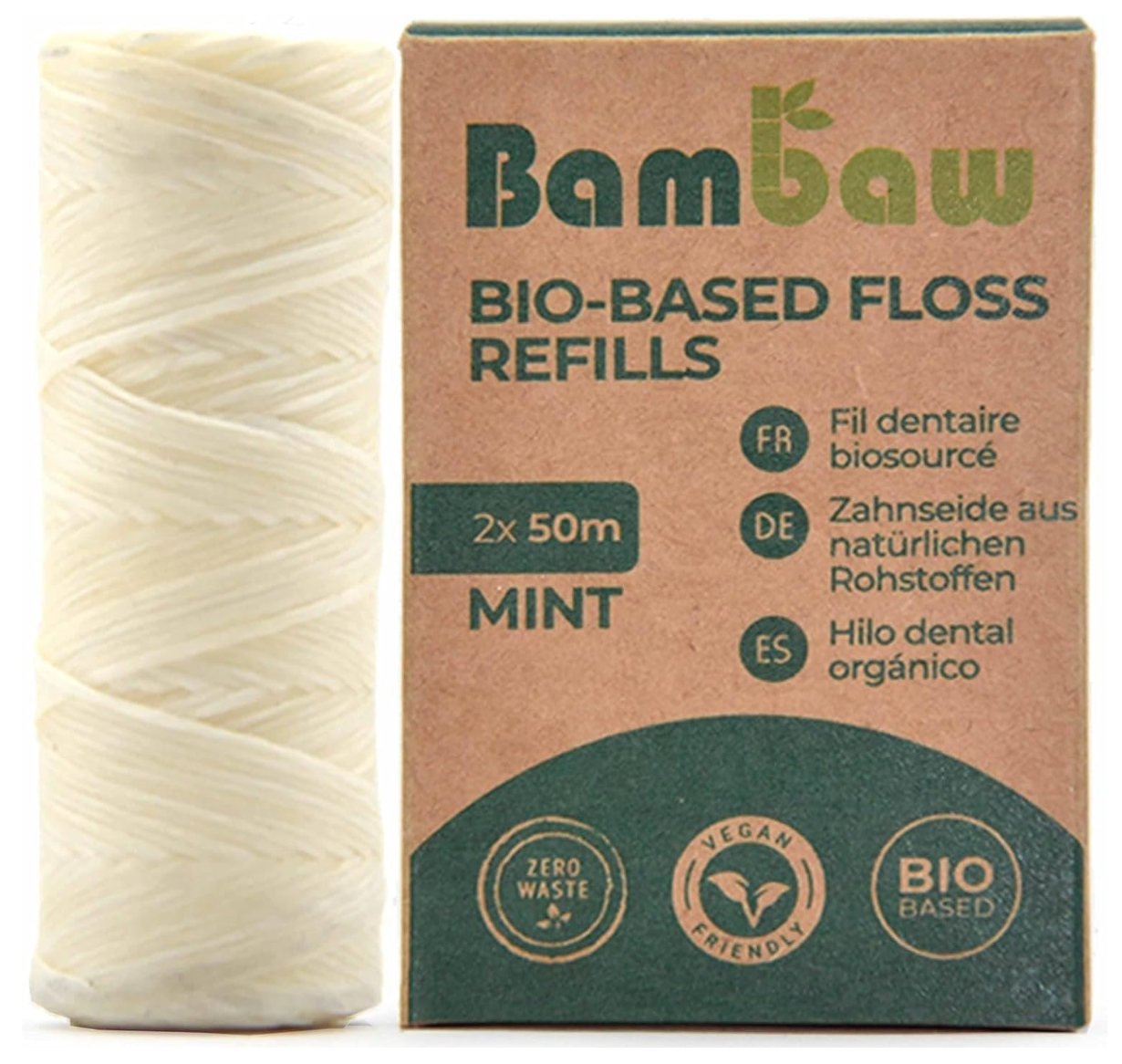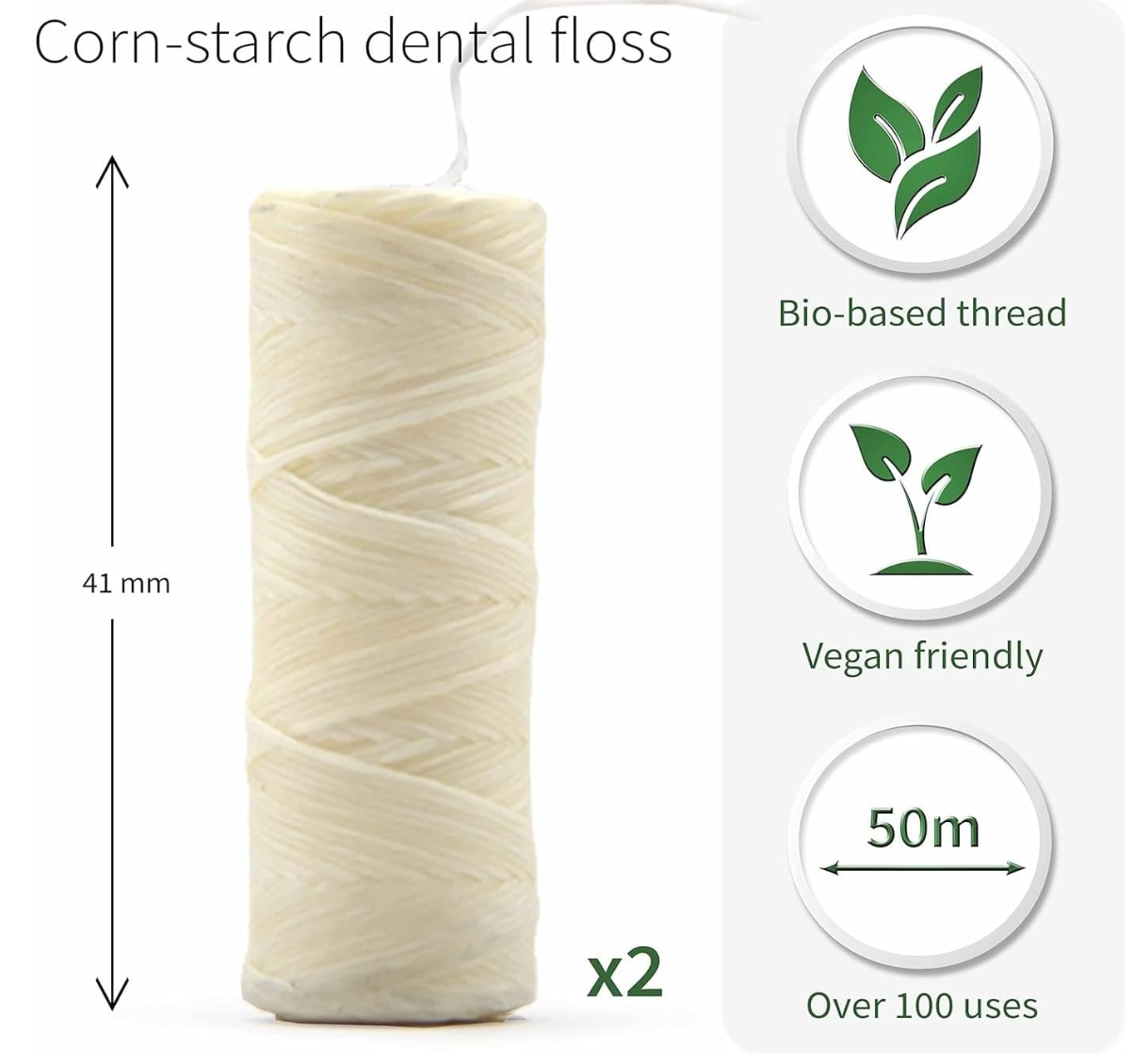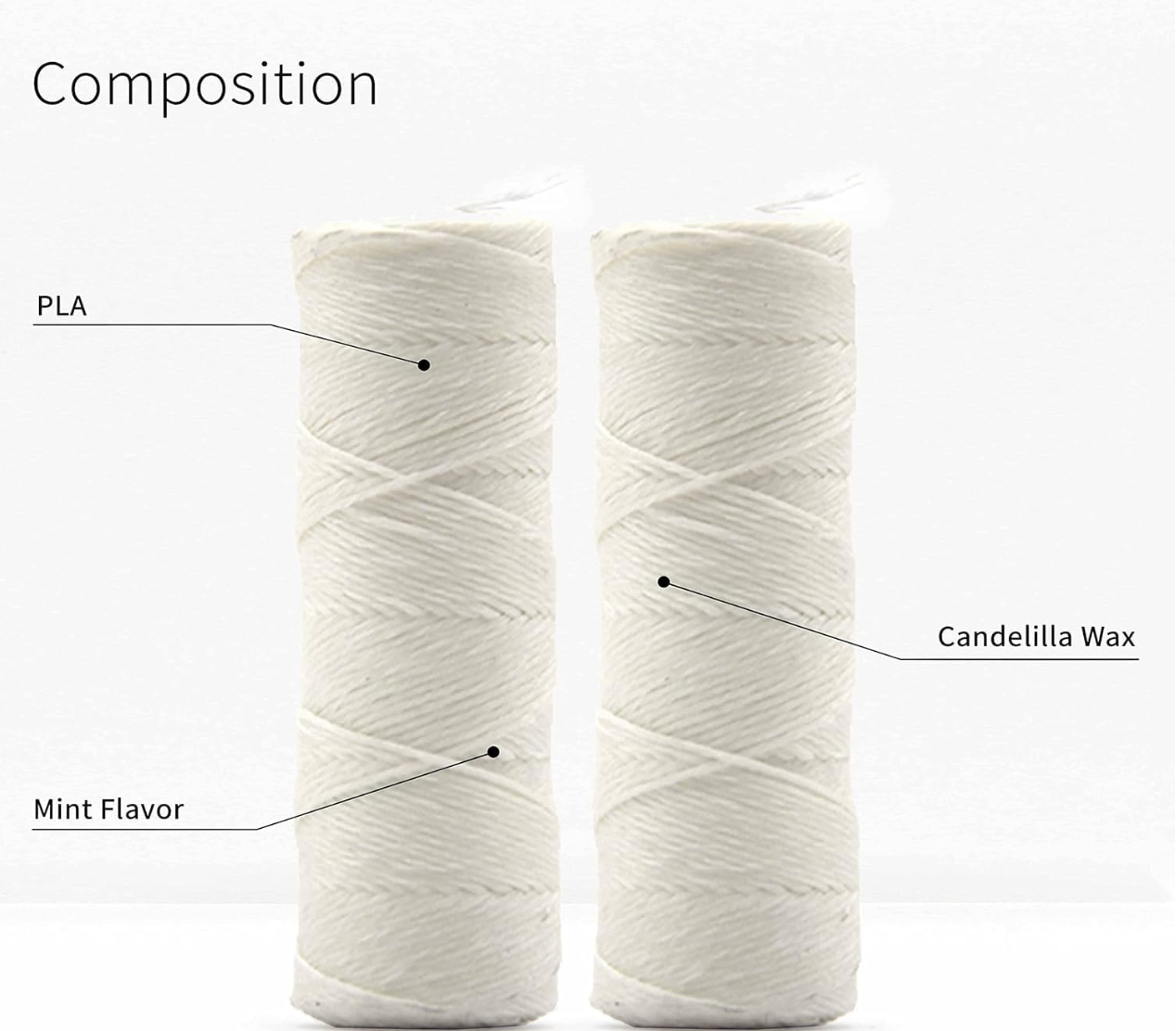



EVALUATION EXAM: BAMBOO TOOTHBRUSH
NEXOO – Sustainability Assessment
The sustainability assessment of the products available on our website is based on a thorough analysis of their environmental, social, and economic impact throughout their life cycle. To ensure maximum transparency and reliability in this evaluation, we integrate Blockchain technology, allowing full traceability of each product from its origin to final delivery. This system not only strengthens consumer trust by providing verifiable data, but also fosters a more responsible and conscious market.
Evaluation Criteria:
To determine the level of sustainability of the products, we use a structured set of criteria that cover all phases of the production process:
Raw Material Collection and Intermediate Goods
-
Origin and extraction methods: We assess whether raw materials come from renewable sources or certified practices (such as FSC for wood or Fair Trade for agricultural products).
-
Ecological impact: We analyze the effects of extraction on biodiversity, land use, water consumption, and waste generation.
-
Ethics and fair trade: We evaluate whether suppliers comply with human rights regulations and fair labor conditions, avoiding child labor or worker exploitation.
Production Chain
-
Energy consumption and CO₂ emissions: We measure the carbon footprint generated during manufacturing, encouraging the use of renewable energy and low-impact technologies.
-
Working conditions and social responsibility: We assess worker safety, well-being, and fair compensation.
-
Materials used: We prioritize recycled, biodegradable, or low-impact materials in product transformation.
Transportation, Shipping, and Delivery
-
Distance and logistical efficiency: We analyze the proximity between production and distribution points to minimize the carbon footprint.
-
Means of transport: We prioritize those with lower environmental impact, such as electric vehicles, rail transport, or maritime shipping instead of air transport.
-
Packaging and waste: We assess whether packaging is recyclable, compostable, or reusable, promoting a circular economy.
On each product page, consumers will have access to a clear and visual representation of the sustainability level of each item through three graduated bars that reflect the evaluation of each of the mentioned criteria. This methodology facilitates product comparison and promotes more informed and responsible purchasing decisions.
Additionally, a short description will highlight the most relevant aspects of the production chain, the most innovative processes, and the manufacturer’s environmental commitments. This will allow consumers to better understand the implications of their purchase and actively support companies committed to sustainability.
Evaluation Exam
Raw Material Collection:
What materials are used to produce the final product?
-
MOSO bamboo (Phyllostachys edulis) sourced from sustainable plantations in Asia, where bamboo grows rapidly and does not require replanting after harvest.
-
For filaments, we select nylon-6 due to its partial biodegradability and lower environmental impact compared to other types of nylon.
-
Laser engraving is used for the logo, avoiding toxic inks or plastic-based markings.
Internal rating: 9/10
How are these intermediate goods obtained?
-
MOSO bamboo: Cultivated in certified plantations in China and India, growing without fertilizers or pesticides.
-
Filaments: Produced from synthetic polymers in certified factories, mainly in Europe and Asia.
-
Laser engraving: Performed in specialized factories without the need for inks or chemicals.
Internal rating: 5/10
Have you chosen the best supplier in sustainable terms? Or have economic factors taken priority over better options?
-
Yes, this company only selects suppliers that comply with international labor regulations such as ISO 45001 or SA8000.
Internal rating: 7/10
Average rating for raw materials: 7/10
Production Chain:
What practices does the company follow to produce the product?
-
A natural sun-drying process is applied to reduce energy consumption.
-
The bristles are produced in ISO 14001-certified facilities, ensuring lower environmental impact.
-
The bristles are inserted into the handle using a mechanical fixation system, eliminating the need for polluting adhesives.
-
The toothbrush is packaged in recycled and recyclable cardboard, without plastic or unnecessary wrappers.
Internal rating: 8/10
Are there more sustainable alternatives that could further reduce CO₂ emissions (among other impacts)?
-
Yes, we acknowledge that we are highly committed to sustainability and see room for improvement in areas such as:
-
Introducing 100% biodegradable bristles without compromising functionality.
-
Producing with 100% renewable energy.
-
Exploring more sustainable distribution alternatives, such as local pick-up points.
Internal rating: 8/10
-
Average rating for the production chain: 8/10
Transportation, Shipping, and Delivery:
How is product distribution carried out?
-
We group orders to reduce transportation frequency and optimize vehicle loads, lowering CO₂ emissions.
-
We prioritize logistics companies with eco-friendly certifications that use electric, hybrid, or biofuel-powered vehicles.
-
We implement low-impact storage systems, such as LED lighting and reduced use of internal packaging.
Internal rating: 10/10
What are the delivery timeframes for the products?
-
We work with sustainable logistics operators that offset their carbon footprint through reforestation initiatives or renewable energy use.
-
We offer the option of bundled shipping, allowing customers to receive multiple products in a single package, reducing waste and transportation needs.
Internal rating: 9/10
Are there alternatives to improve these processes and optimize them sustainably?
-
Reducing air transport, favoring low-emission maritime or land transportation.
-
Implementing a reverse logistics system, allowing customers to return used toothbrushes to facilitate recycling.
-
Expanding local pick-up points, to reduce the number of individual shipments.
Internal rating: 8/10
Average rating for transportation, shipping, and delivery: 9/10
FINAL MARK: 8/10




